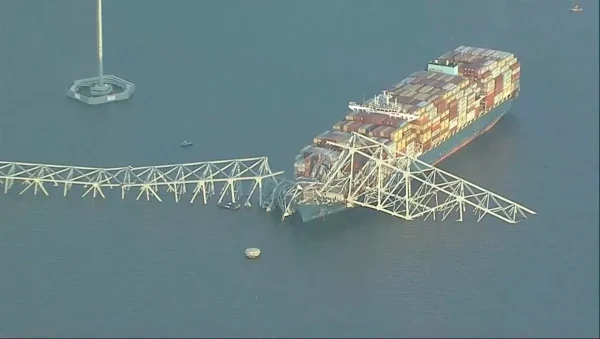Railroad Industry Settlement Reached
Railway carriers and railway unions struck a deal implementing wage increases, no changes to the cost of health and welfare and more workplace policy changes after months of back-and-forth debates, culminating in 20 hours of negotiation and assistance from the White House earlier this month.
In the past couple of years, railroad-related unions have increased their advocacy and action.
Negotiations remained stagnant enough at the beginning of September that the workers had begun to consider striking. A railway strike would have caused a critical disruption in the supply chain and, in theory, encouraged railway carriers to agree on settlement terms.
While concerns about fair wages, terms of job-provided insurance and allowed days off circulated for several years, the beginning of 2022 marked the introduction of a new threat to railway workers: points-based attendance policies.
NPR stated that “Points-based attendance policies are not new. Employers, including Amazon and Walmart, use them as ways to reduce unexpected absences from work.”
However, this form of policy only surfaced for the first time in the railway industry in February 2022 when BNSF Railways, one of the largest railway carriers in the country, implemented a points-based attendance policy.
The proposed policy initially enforced strict rules of attendance and adherence to “being on-call,” and broadly reduced flexibility for the workers. Nearly four months later, BNSF changed some aspects of their policy amidst criticism and vocalization from employees and union members.
Even so, the changes were minimal, according to union leaders. Dennis Pierces, National President of the Brotherhood of Locomotive Engineers and Trainmen, shared in a May 16 statement that “these modifications do little to meet our members or their families’ needs … (but) the railroad’s action also demonstrates that our union’s national campaign to expose its abuses is having an effect.”
Pierce continued later in the statement that “it proves that questions raised by shippers, the Surface Transportation Board and Congress in recent days has added to the pressure on the railroad brought by workers and their unions.”
Tensions continued to rise. On June 22, BLET issued a statement on their website calling for an authorization-to-strike vote.
This statement came only days after the National Mediation Board, an independent government agency tasked with mediating negotiations for the railway and airway industries, declared a 30-day cooling-off period for the national negotiations.
The NMB described on their website that the cooling-off period is a time in which they “invite the parties to meet in order to further mediate an agreement … If no agreement is reached by the end of the 30-day cooling-off period, the parties are free to exercise ‘self-help.’ This means that the union is free to strike or engage in other activity, and the Carrier is free to impose its last best offer or temporarily cease operations or engage in other self-help activity, unless a (Presidential Emergency Board) is created.”
On July 12, the BLET released another statement on their website that “99.5% of the participating members voted to authorize a strike should such action become legal in the coming days and become necessary to secure a contract worthy of their consideration.”
The president authorized on July 18 the creation of Presidential Emergency Board No. 250. The creation of the PEB triggered another 30-day cooling-off period.
On Aug. 16, the recommendations of PEB 250 were published. The document is 124 pages long, and the recommendations section occupies over 100 of those, covering topics of “compensation, health and welfare, holidays, paid sick leave, carriers’ work rules and organization-specific work rules.”
After the publication of PEB 250, unions and carriers met again to discuss the terms of the settlement. In a joint statement from BLET and the Transportation Division of the Sheet Metal, Air, Rail and Transportation union, the two unions reported that “the meetings did not result in any tentative agreement language that operating crafts would accept, or that could be presented to our members for ratification.”
Then, in September, unions and railway carriers barely struck a deal. On Sept. 14, at 9 p.m. after 15 hours of negotiations, President Joe Biden entered the conversation between unions and railway carriers.
As the industry newspaper Railway Age noted, “Significantly, the threat of a work stoppage is not over, as tentative agreements face ratification votes by rail union members whose mood over the past 33 months of collective bargaining between their leaders and the NCCC has been super sour.”
Railway Age reported that “one union’s members already have rejected a tentative agreement—the International Association of Machinists and Aerospace Workers, representing some 5% of the unionized workforce affected by this round of collective bargaining over wages, benefits and work rules.”
While both carriers and unions can enable in-work lockouts or strikes respectively, deep uncertainty looms over the possibility of more unions failing to ratify the new agreement.















